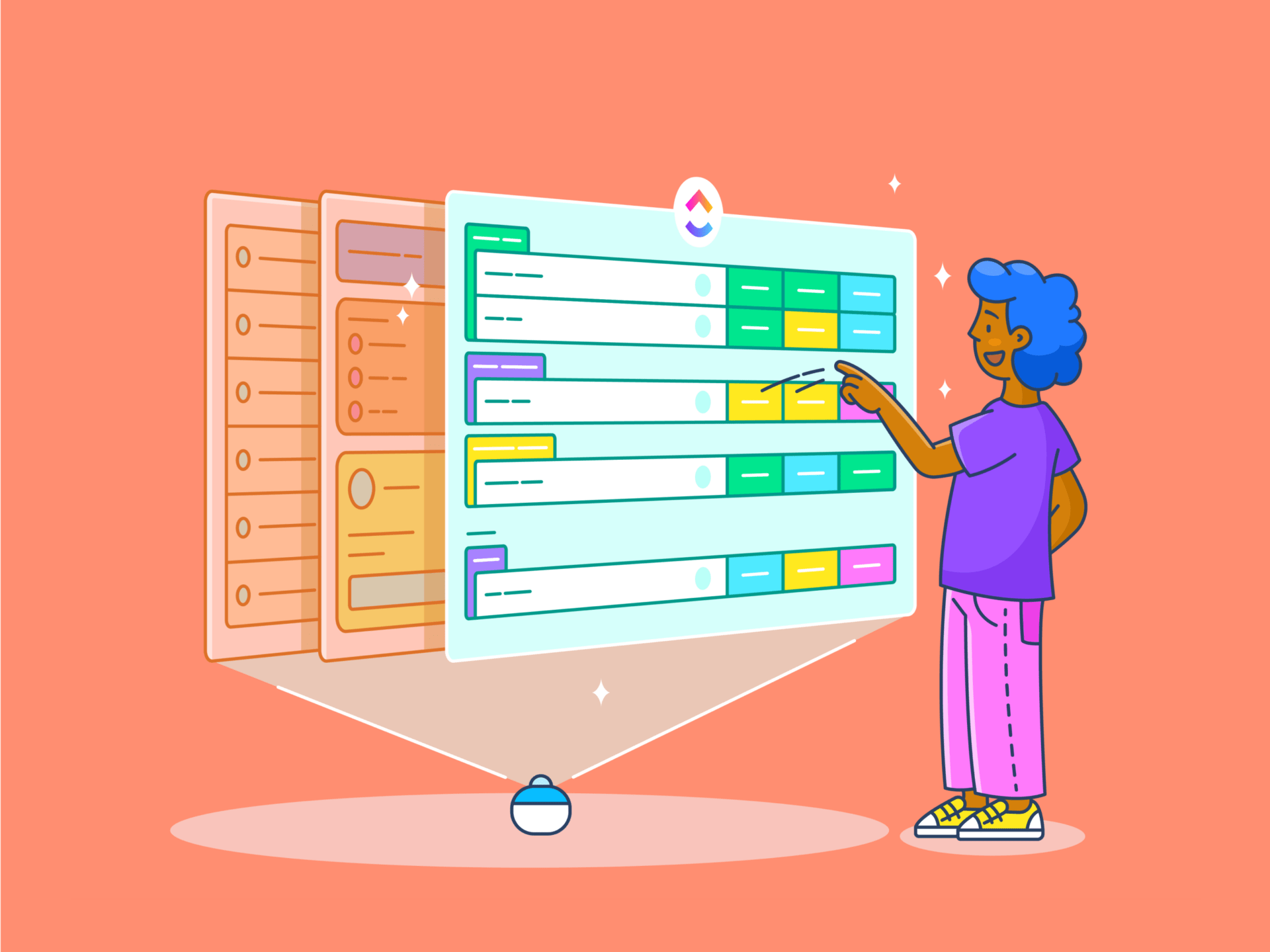How to Merge Cells in Google Sheets

Sorry, there were no results found for “”
Sorry, there were no results found for “”
Sorry, there were no results found for “”
Merging cells in Google Sheets is a simple yet powerful tool that can help you organize your spreadsheets and customize your tables. This handy function enhances your spreadsheets’ visual appeal and clarity.
Whether you’re creating a prominent header for a report, combining data for better readability, or simply trying to make your document look more polished, merging two or more cells can help you achieve that. It’s commonly used to create titles that span multiple columns or group related information together.
In this article, we’ll walk you through the steps required to merge cells effectively and offer tips on avoiding potential pitfalls.
There are two primary methods for merging selected cells in Google Sheets:
The most straightforward way to merge or unmerge cells in Google Sheets is through the toolbar, which is intuitive and user-friendly.
Here’s a step-by-step guide:




The ‘Format’ tab can be a quick alternative to merging cells in the way we described above.
Here’s how to use it:




In Google Sheets, there are three main types of merges available, each serving a specific function depending on the structure of your data:

‘Merge all’ is the most comprehensive merge option. It merges all the cells you select into one large cell, removing the borders between them. This option is useful when creating large headers or titles spanning several rows and columns. Again, remember that if the cells are populated, you will only retain the value in the top leftmost cell.

Use this when combining multiple rows and columns into one unified block, like creating a large title or label for a section in your sheet.
Also Read: How to Merge Cells in Google Sheets

‘Merge horizontally’ merges cells across a single row, but it does not affect the vertical arrangement of the columns. This is particularly useful when you want to span data across several columns but keep the rows intact.

This option is commonly used for headers that extend across multiple columns but are on the same row. For example, merging the cells in a single row creates a unified title spanning various columns in a dashboard.

‘Merge vertically’ merges cells down a column while leaving the horizontal structure intact. It combines data cells vertically, creating a longer cell that spans multiple rows.

This merge is handy when creating a label or text field that extends down through multiple rows, such as a label spanning a column for a vertical data section.
Merging cells in Google Sheets comes with a few caveats and limitations:
One way to overcome these limitations is to correct all the errors manually. However, that, too, can be time-consuming and not 100% accurate.
Another way is to explore alternatives to Google Sheets and database software that offer broader functionalities. ClickUp is one such option.
ClickUp’s Table View allows you to visualize and manage your tasks in a table format. It’s a great way to get a clear overview of your work and quickly see important details like task status, due dates, assignees, and Custom Fields.

Benefits of ClickUp Table View:

Due to these advantages, some users have replaced Google Sheets and Excel reporting with ClickUp.
We use one tool for tracking work now. That’s it. No more juggling two or three tools and Excel sheets.
Going beyond basic spreadsheets, the feature helps overcome the limitations of cell merging. Here’s how:
ClickUp also offers prebuilt spreadsheet templates to speed up your data visualization further in a spreadsheet format.
The ClickUp Spreadsheet Template, for example, offers an easy way to document critical information.
Originally designed to collect customer data, the template is adaptable to several unique needs. It can be used to collaborate with multiple teams to manage data and automate workflows.
The template seamlessly integrates with ClickUp Tasks, enabling you to track tasks, visualize data in multiple views, and customize statuses.
💡Quick tips:
Another option is the ClickUp Editable Spreadsheet Template. It is designed to help you create, manage, and store financial records organizationally. However, like other database templates, it can also be adapted to suit varying project requirements.
While Google Sheets is widely recognized for its simplicity and accessibility, the ClickUp Editable Spreadsheet Template embeds spreadsheet functionalities directly into a task management platform. This enables enhanced collaboration, project alignment, and real-time updates within a single workspace.
The benefits of this template are summarized below:
Merging cells in the Google Sheets app is a simple yet effective tool for improving spreadsheet layouts and consolidating data. Whether you’re using it for headers, combining data, or designing templates, it’s an essential feature that can significantly improve your Google Sheets output.
However, for more complex and collaborative projects, ClickUp offers spreadsheet software features such as its Table View, which offers advanced functionalities and integrations that surpass what traditional Google or Excel spreadsheets offer.
Try ClickUp today and manage your data better!
© 2025 ClickUp